Macroglossum stellatarum
(Linnaeus, 1758)
-
 Subfamily: Macroglossinae - Macroglossini
Subfamily: Macroglossinae - Macroglossini -
 Wingspan: 43-58 mm
Wingspan: 43-58 mm -
 Flight period: May - Oct
Flight period: May - Oct -
 Spread: Common
Spread: Common -
 Host plants: Rubiaceae
Host plants: Rubiaceae
Information
The Macroglossum stellatarum also known as Humming-bird Hawk-moth is a moth of the Sphingidae family with a wingspan of 43-58 mm.
Macroglossum stellatarum is found throughout Europe including Iceland. *
Its range extends to the whole Palearctic eco-zone, up to Japan.
In Italy it is also found in the islands. *
The front wings from Macroglossum stellatarum are light brown / gray with black dusting, two dark lines cross the wing,
one in the discal region which crosses the wing from the rib to the inner edge, and one in the post discal region which starts from the costa and ends at about halfway through the wing.
A series of dark shades are also visible, some in correspondence with the veins. **
The hind wings are orange with the basal region shaded in light brown / gray and the edge tending to brown. **
The head, the thorax are in the background color of the front wings, while the abdomen fades to clear and then to black with lateral white spots.
The characteristic black and white tuft of hair at the bottom of the abdomen serves as a rudder to stabilize the flight.
The Macroglossum stellatarum is a resistant and fast flyer ***,
capable of such large dispersions that it can be observed potentially everywhere in the northern hemisphere during the summer.
Diurnal moth can be seen in flight until dusk when looking for a place to rest. *****
This Sphingidae passes with extreme rapidity from one flower to another without ever landing: it remains in flight hovering over them for a few seconds (from 3 to 10 approximately)
quickly flapping its wings at a frequency of about 200 times per second and emitting a characteristic sound and reaching out the long proboscis.
(as much as the body of the individual and hence the name of this species: Macroglossa = large tongue) towards the flowers to suck the nectar in flight like hummingbirds.
There are two or more generations each year. The adult can be encountered at any time of the year, especially in the south of the range,
where up to four generations can be present. It overwinters in the adult stage in areas protected from the elements such as crevices between rocks, trees and even buildings. ****
On very hot days it can emerge to feed even in the middle of winter.
The eggs are spherical of a glossy green color with a diameter of about one millimeter and are hardly visible when laid as they resemble the buds of the main host plant. **
The newly hatched larvae are light yellow in color and at the second stage they take on their green color, have a sideways a cream-colored stripe edged in dark green. **
They have a horn at the rear end typical of the Sphingidae . The horn is initially purplish red, which later turns dark blue with a yellow / orange tip in the last stage.
The pupae are light brown / ocher with a translucent appearance with a prominent proboscis and two sharp spines at the tip of the cremaster.
The residues of the host plant or among the remains of the fallen leaves are found.
The larvae feed on Rubiaceae, especially Galium mollugo, Galium silvaticum and Galium verum, but can be found on other plants such as
Rubia, Carduus, Phlox, Petunia, Aster, Centaurea, Stellaria. ******
* Lepidoptera mundi https://lepidoptera.eu/ - Fauna Europea https://fauna-eu.org/
** Bestimmungshilfe für die in Europa nachgewiesenen Schmetterlingsarten - http://lepiforum.de/ -
*** Herrera, Carlos M. (1992-02-01). "Activity pattern and thermal biology of a day‐flying hawkmoth (Macroglossum stellatarum)
under Mediterranean summer conditions". Ecological Entomology. 17 (1): 52–56.
**** Pittaway, A. R. (1993). The Hawkmoths of the Western Palaearctic. London: Harley Books. ISBN 978-0-946589-21-0
***** Roland Robineau, Guide de papillons nocturne de France, Delachaux et Niestlé, 2011 p. 33
****** Moths and Butterflies of Europe and North Africa - https://leps.it/
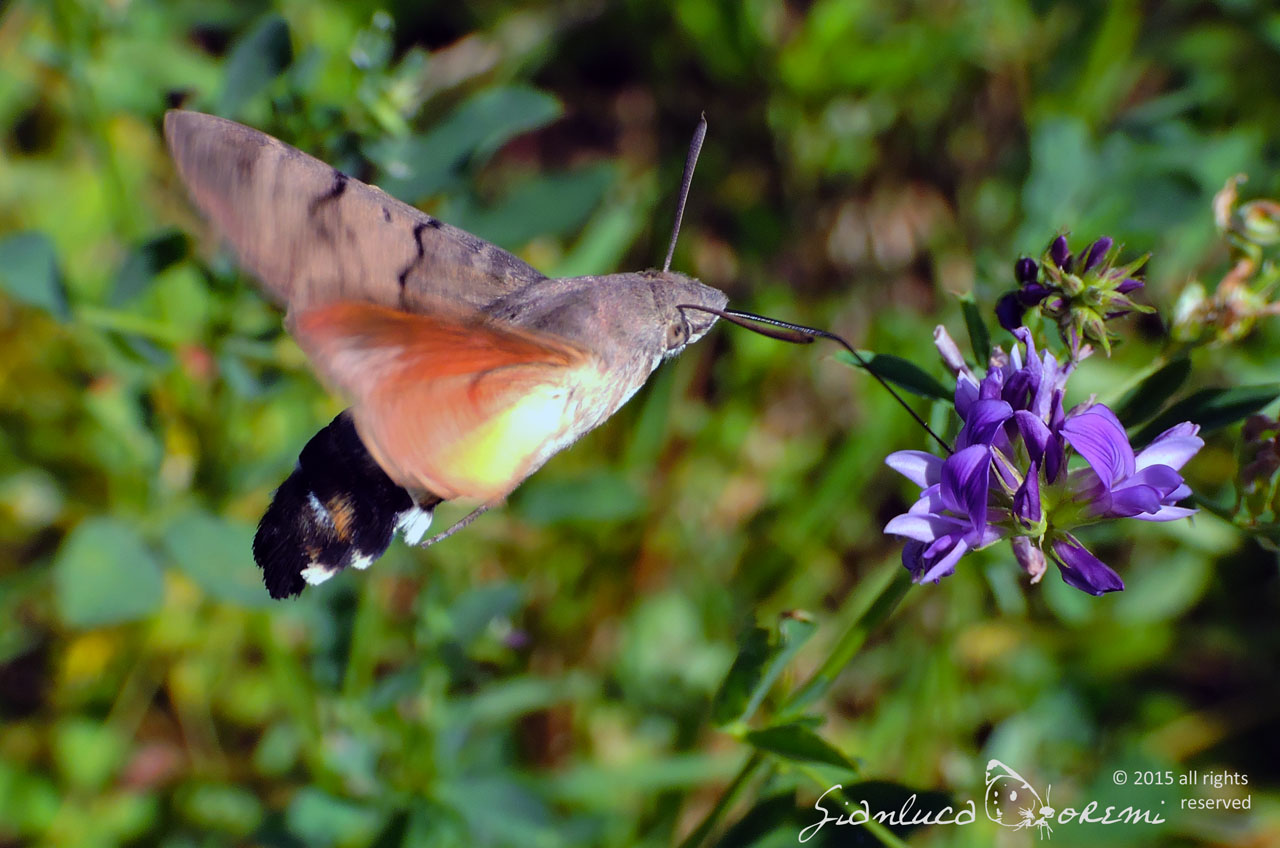
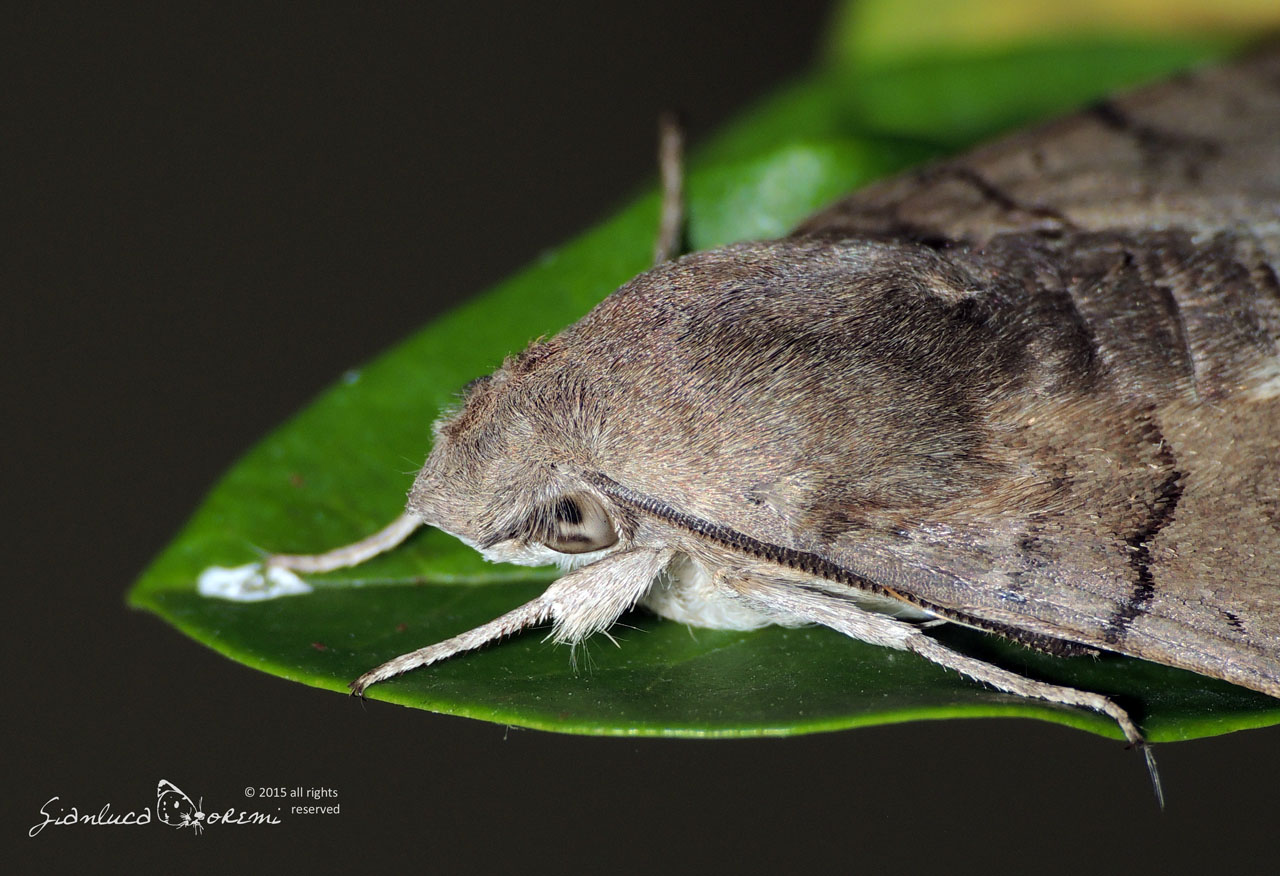
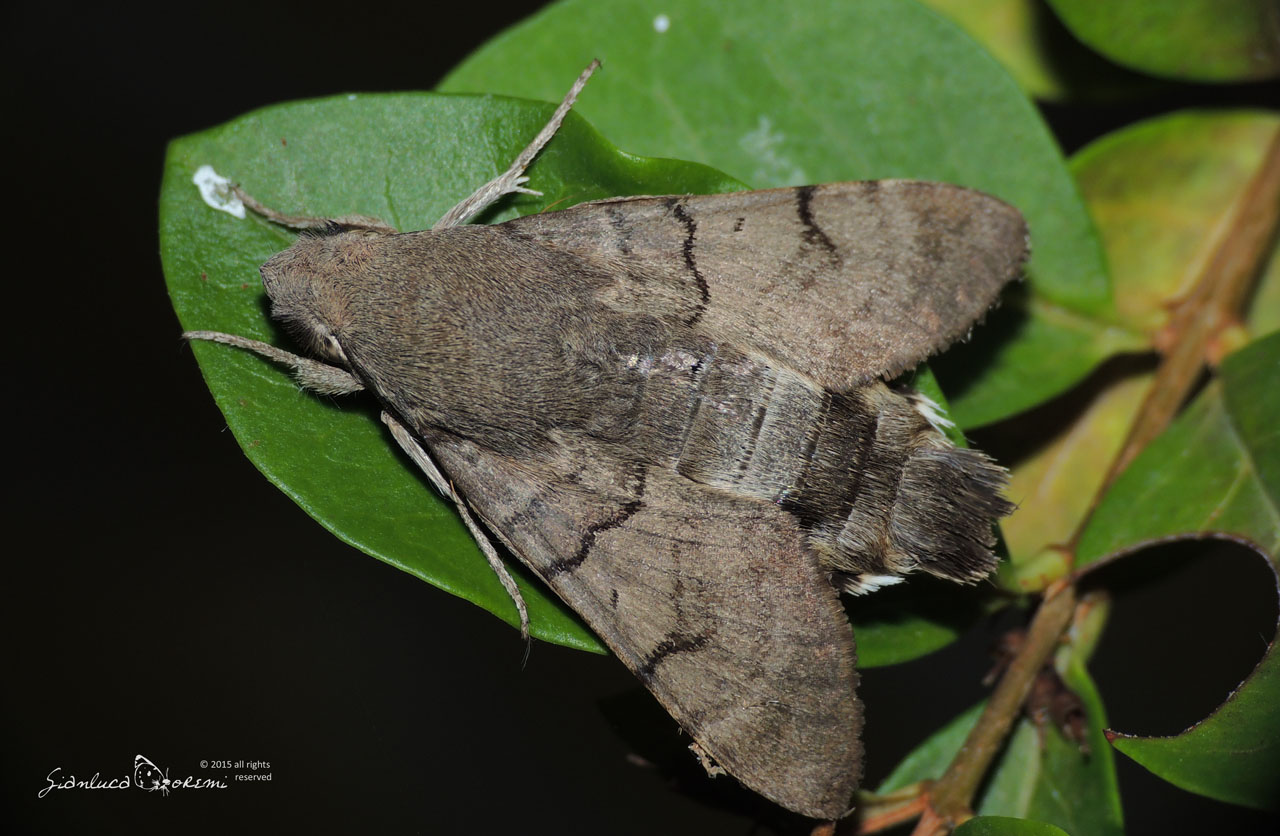
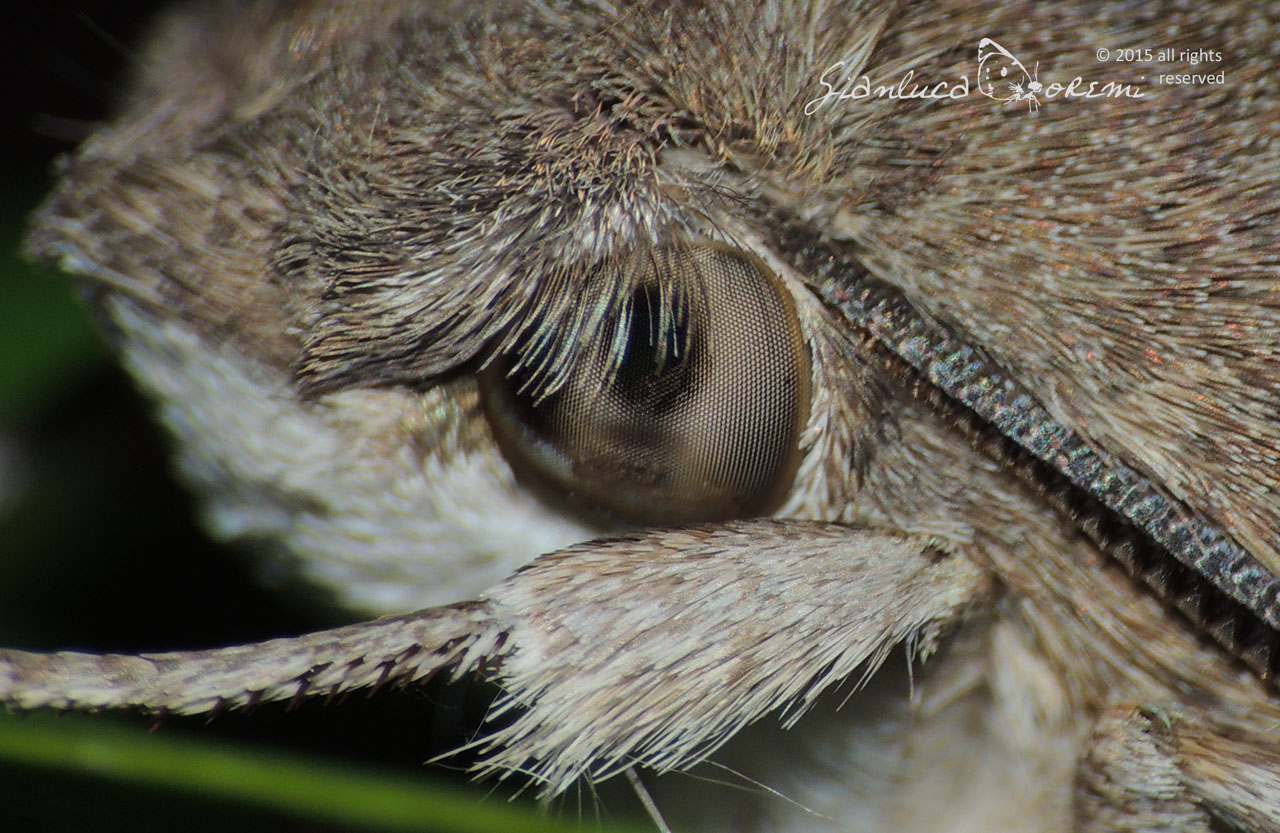

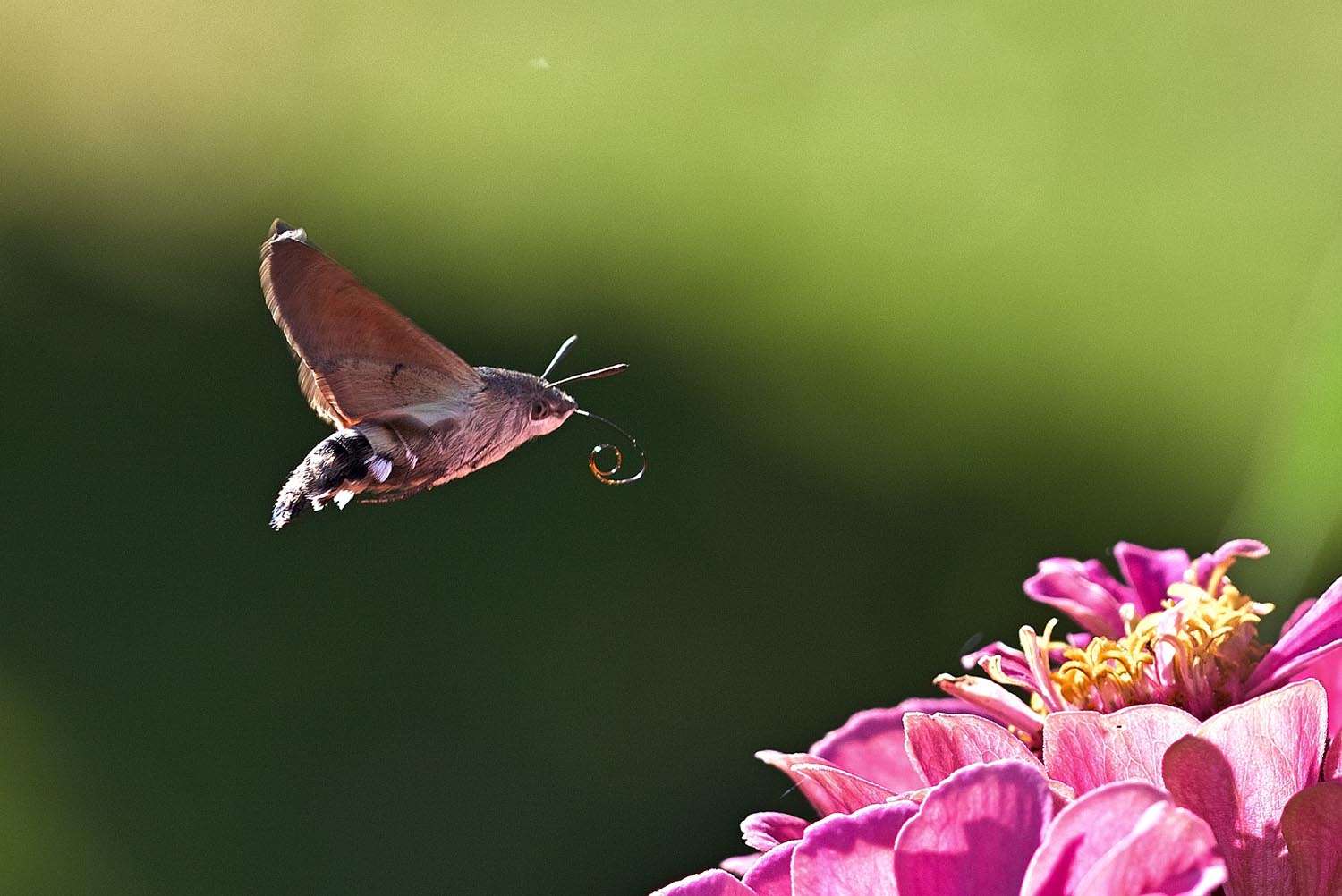
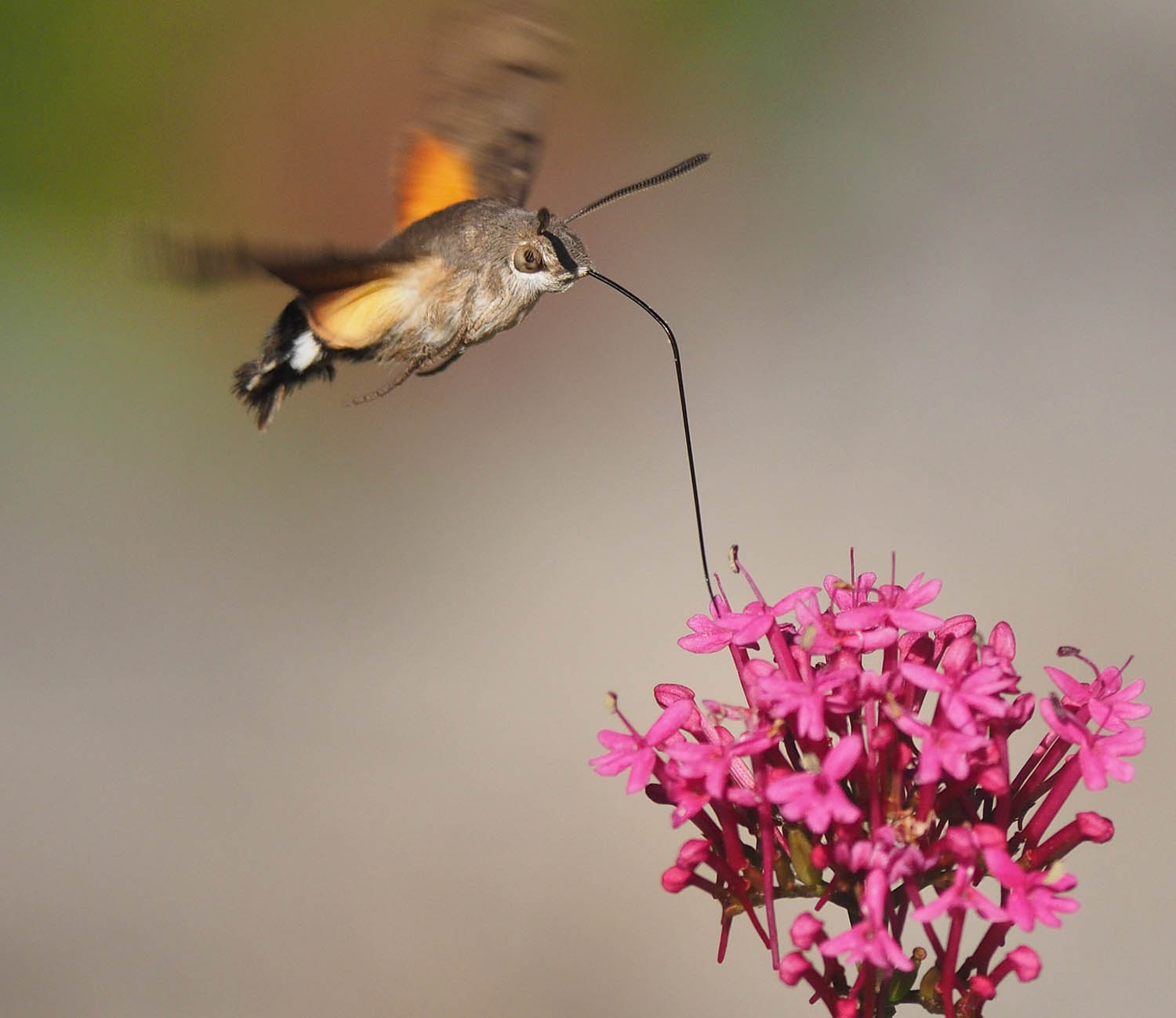
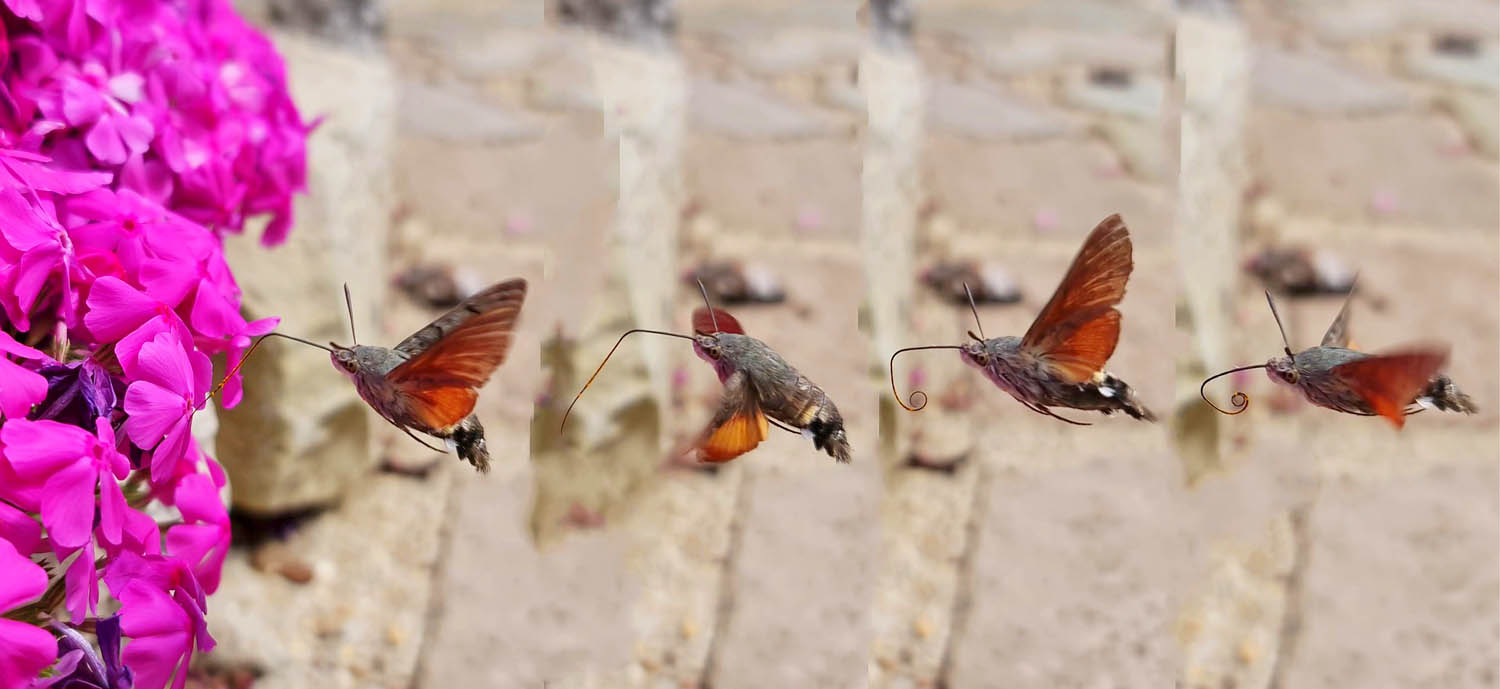
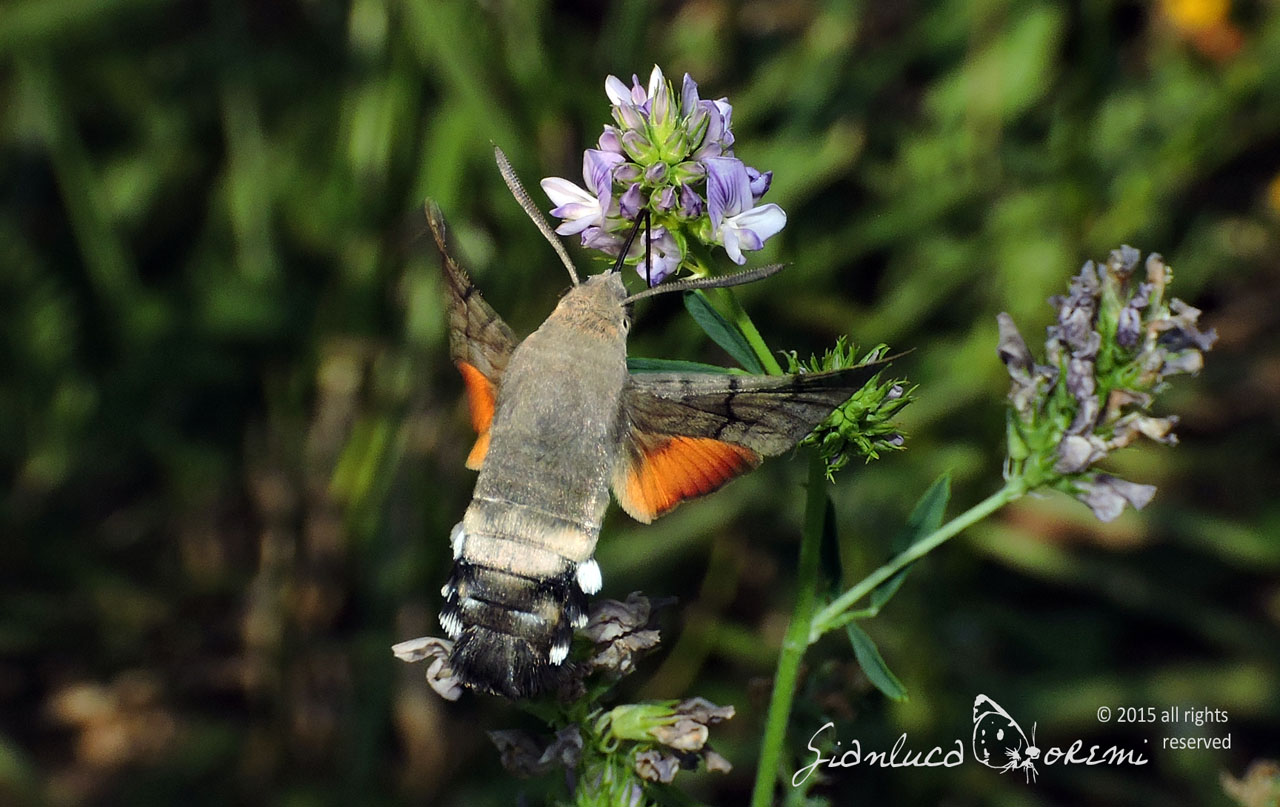

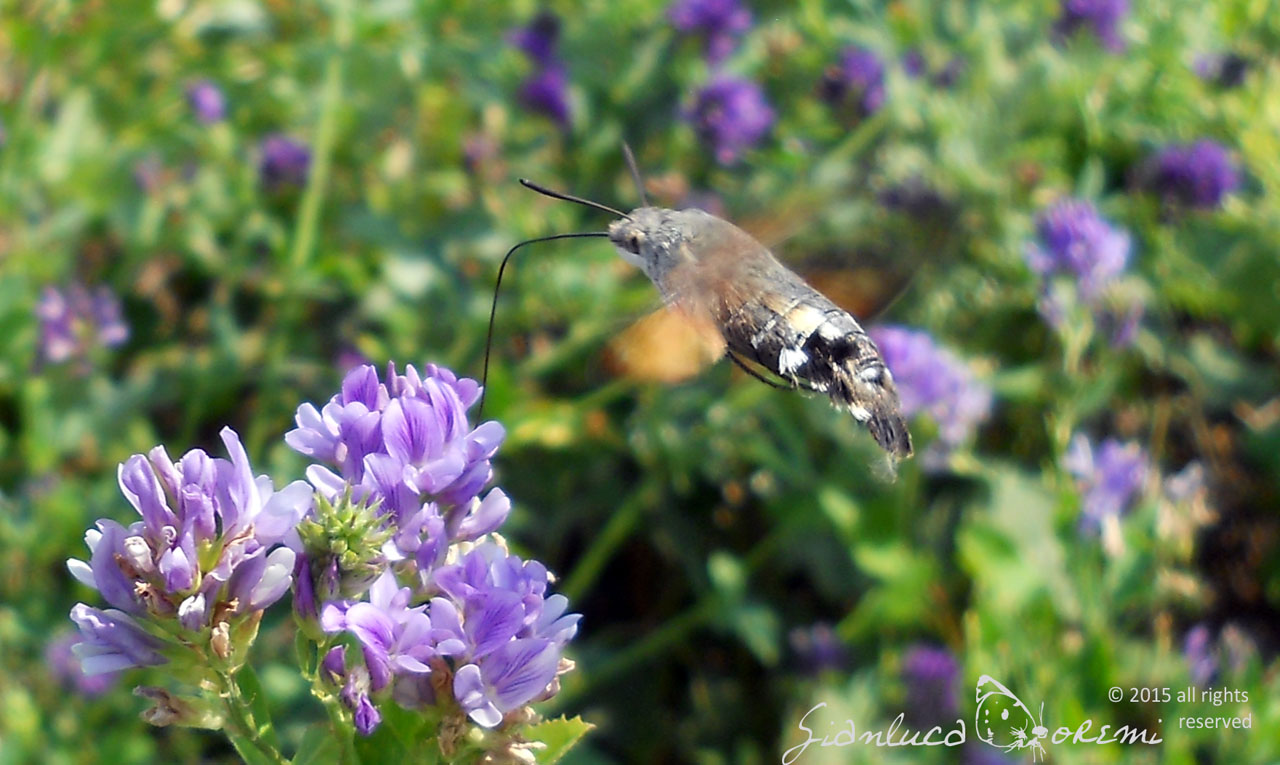
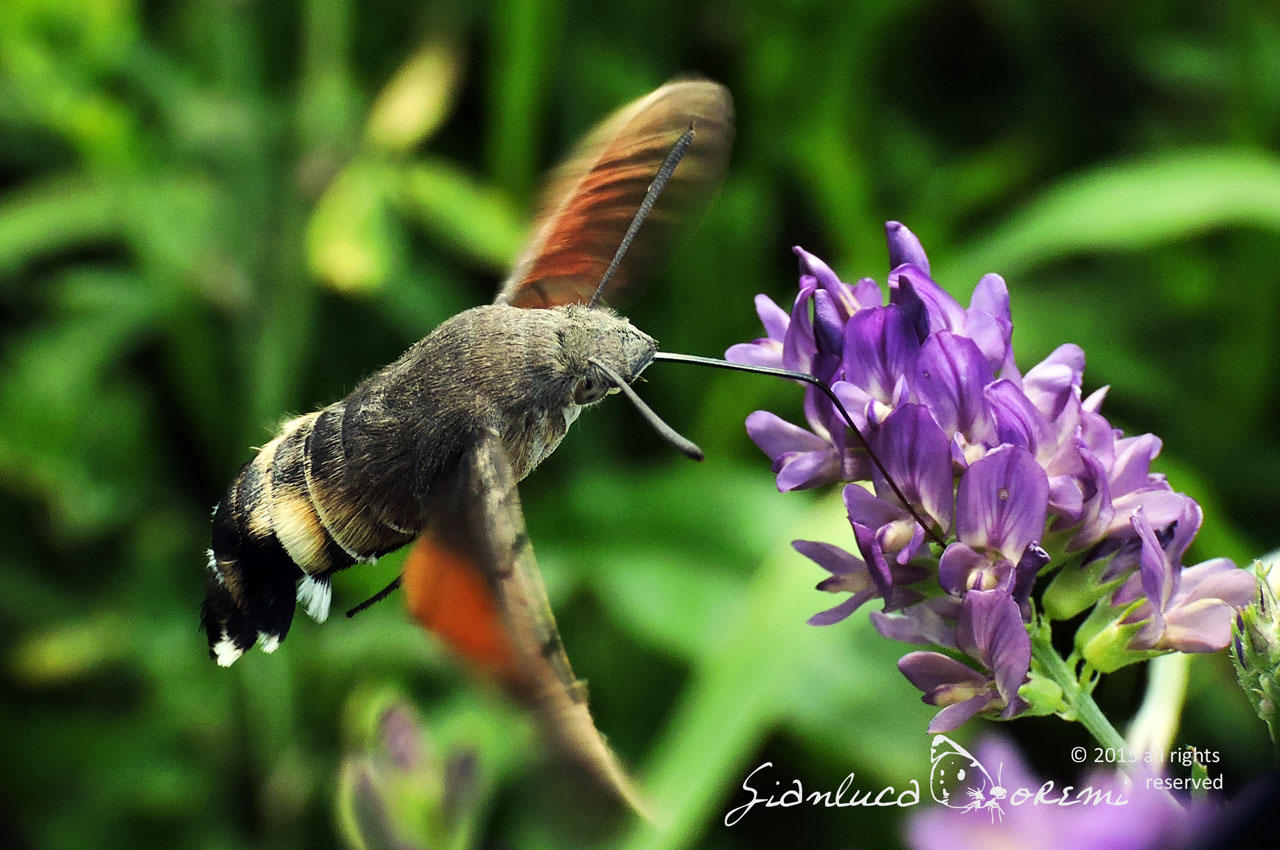
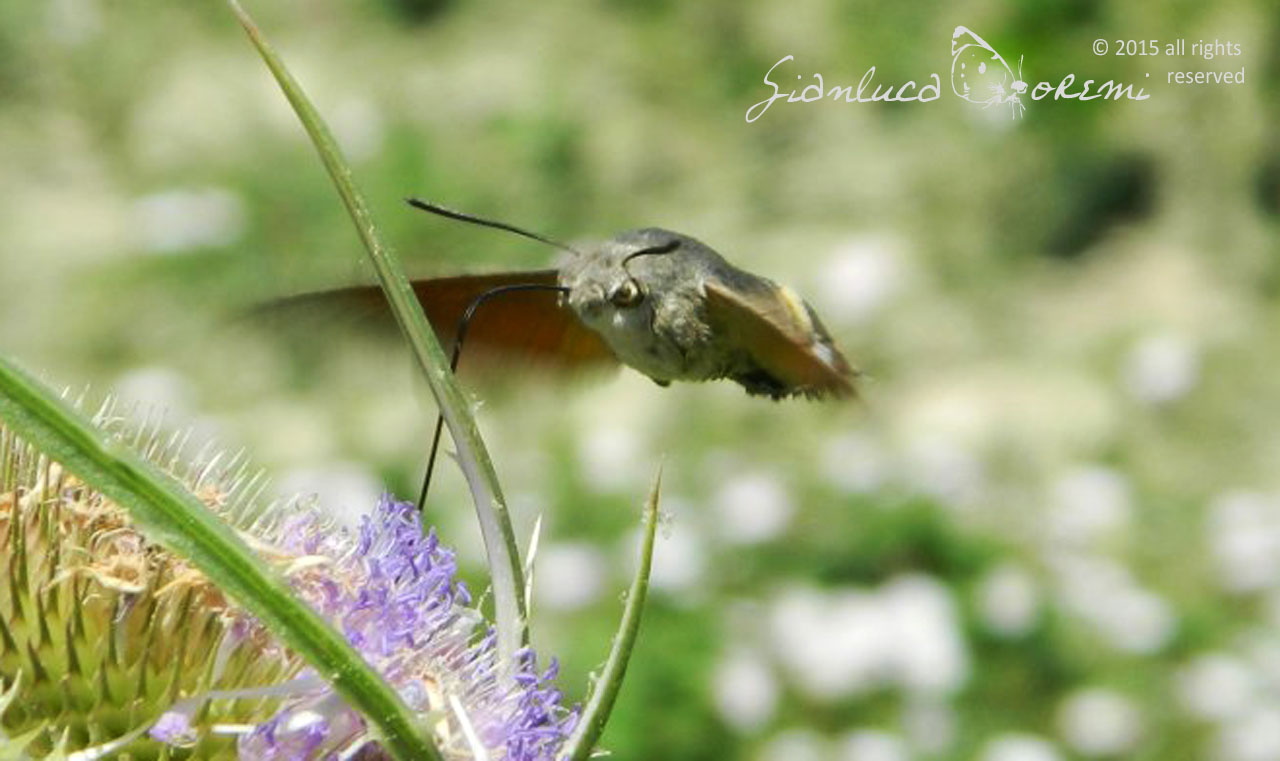

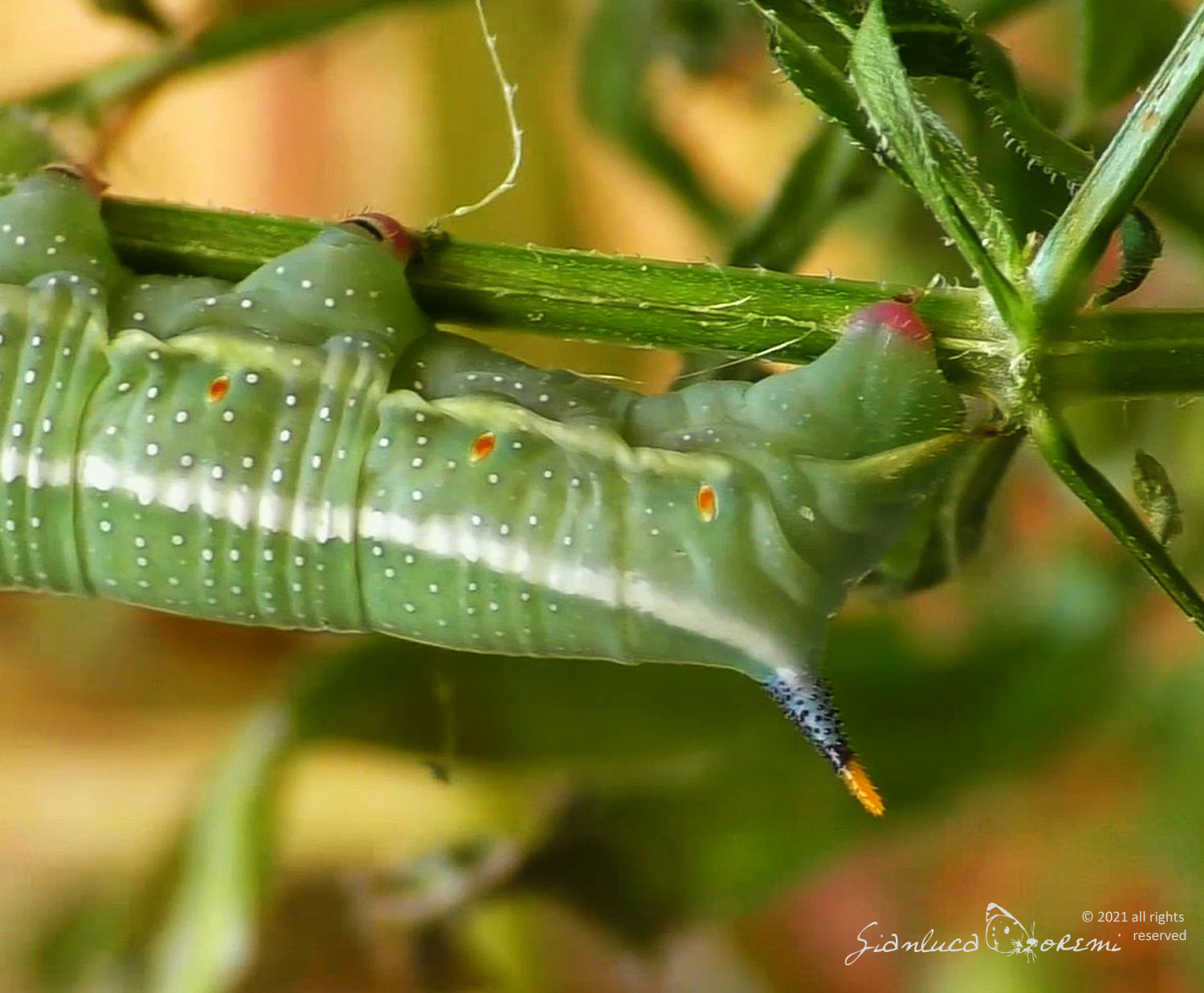
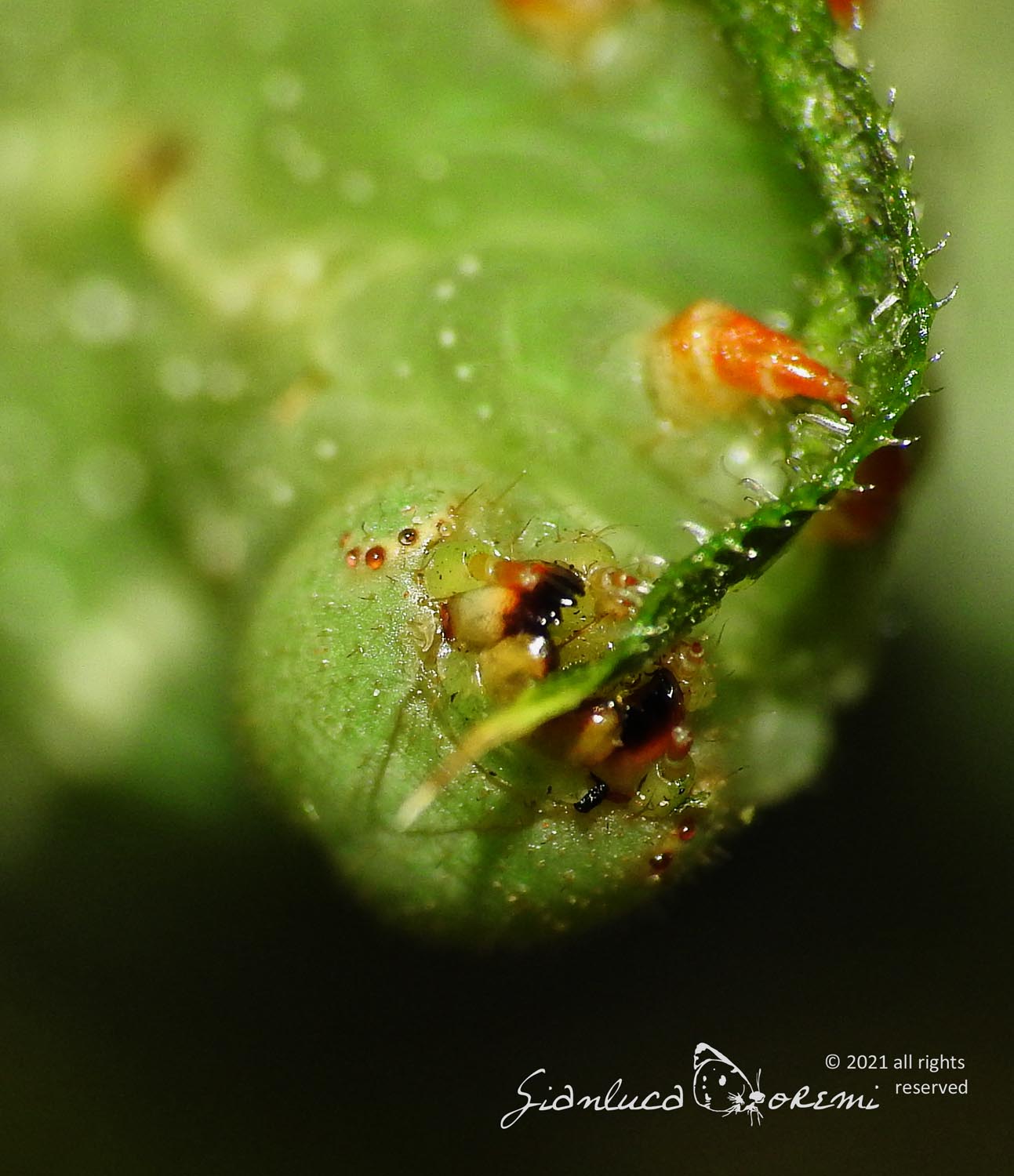

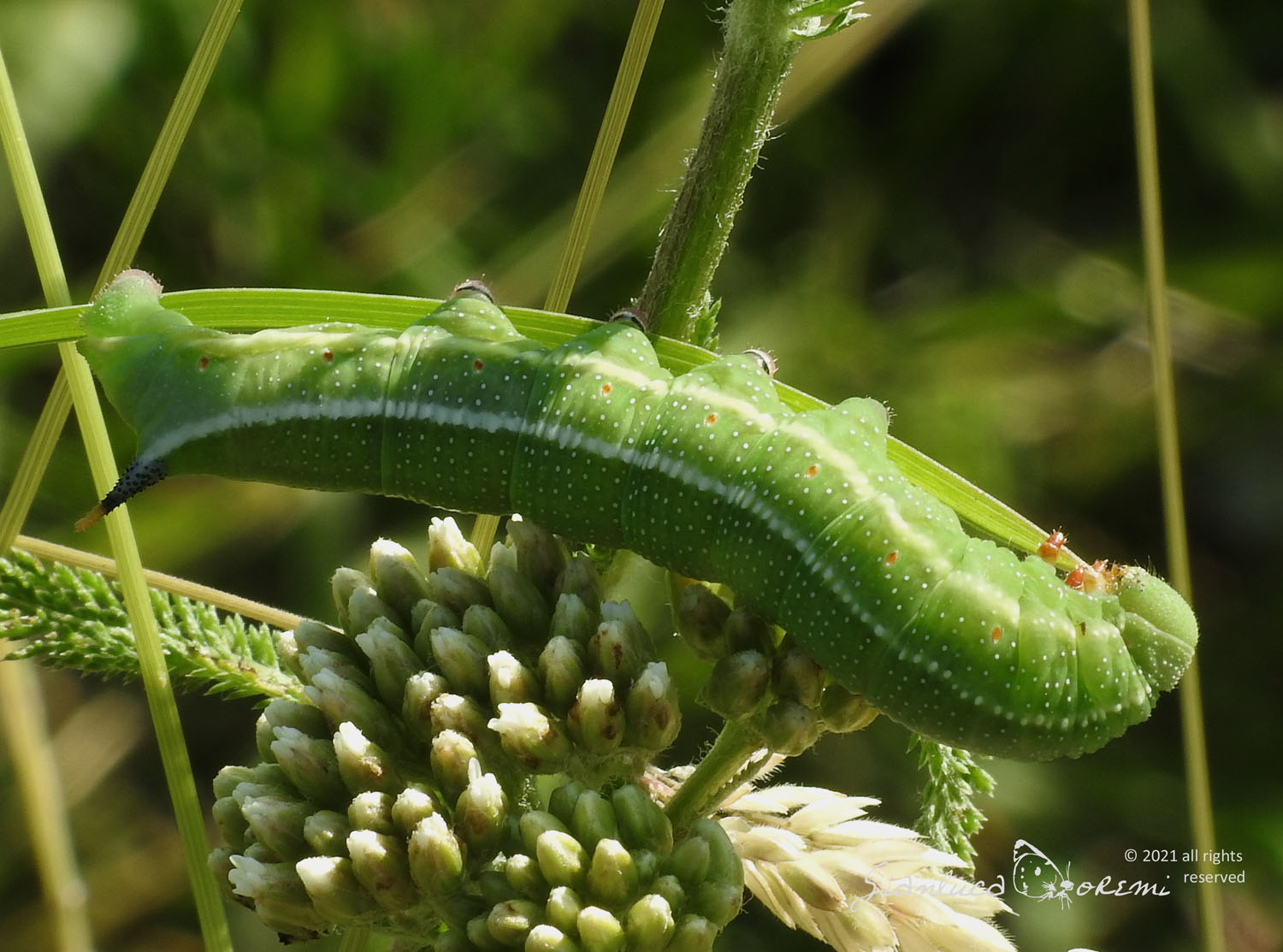


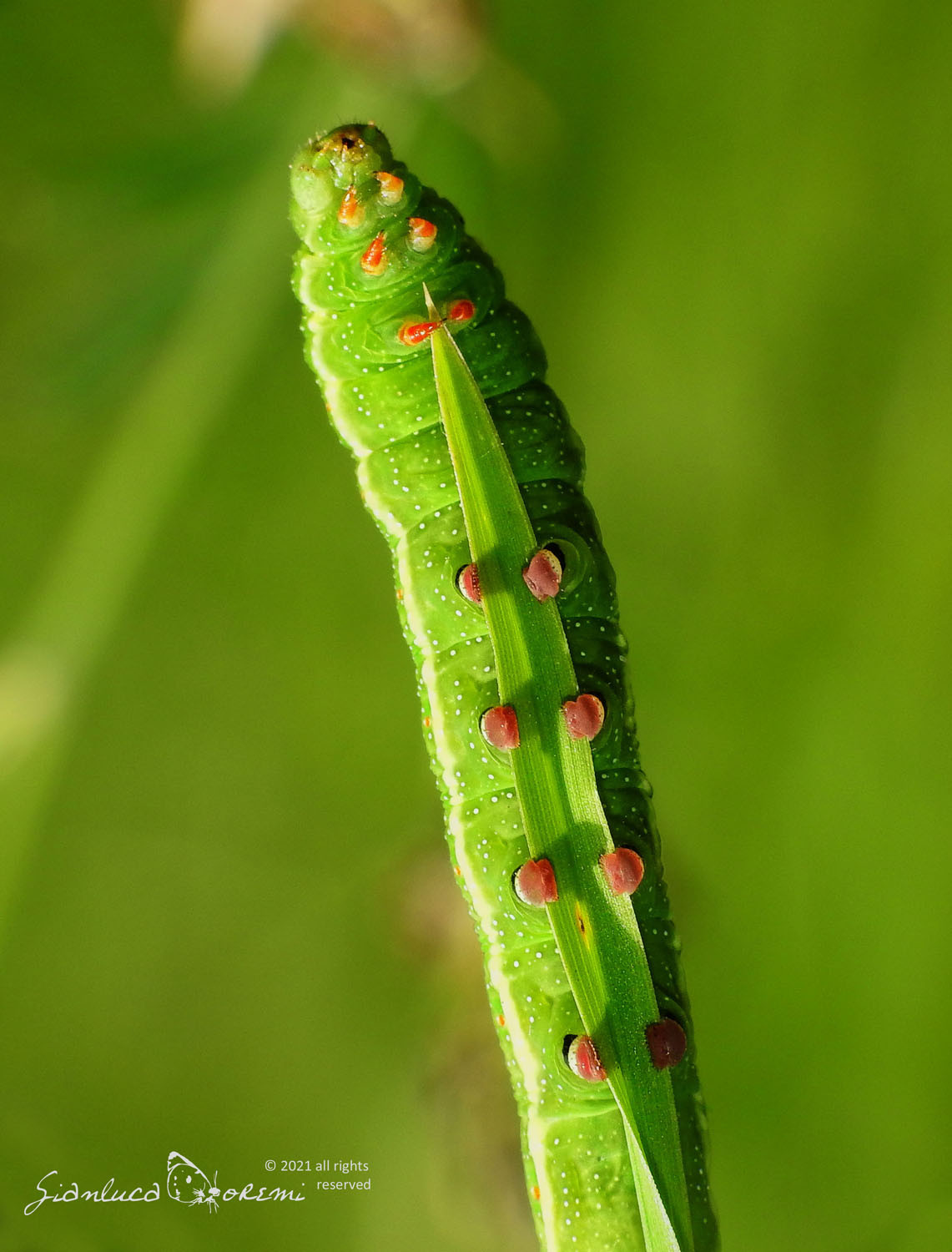
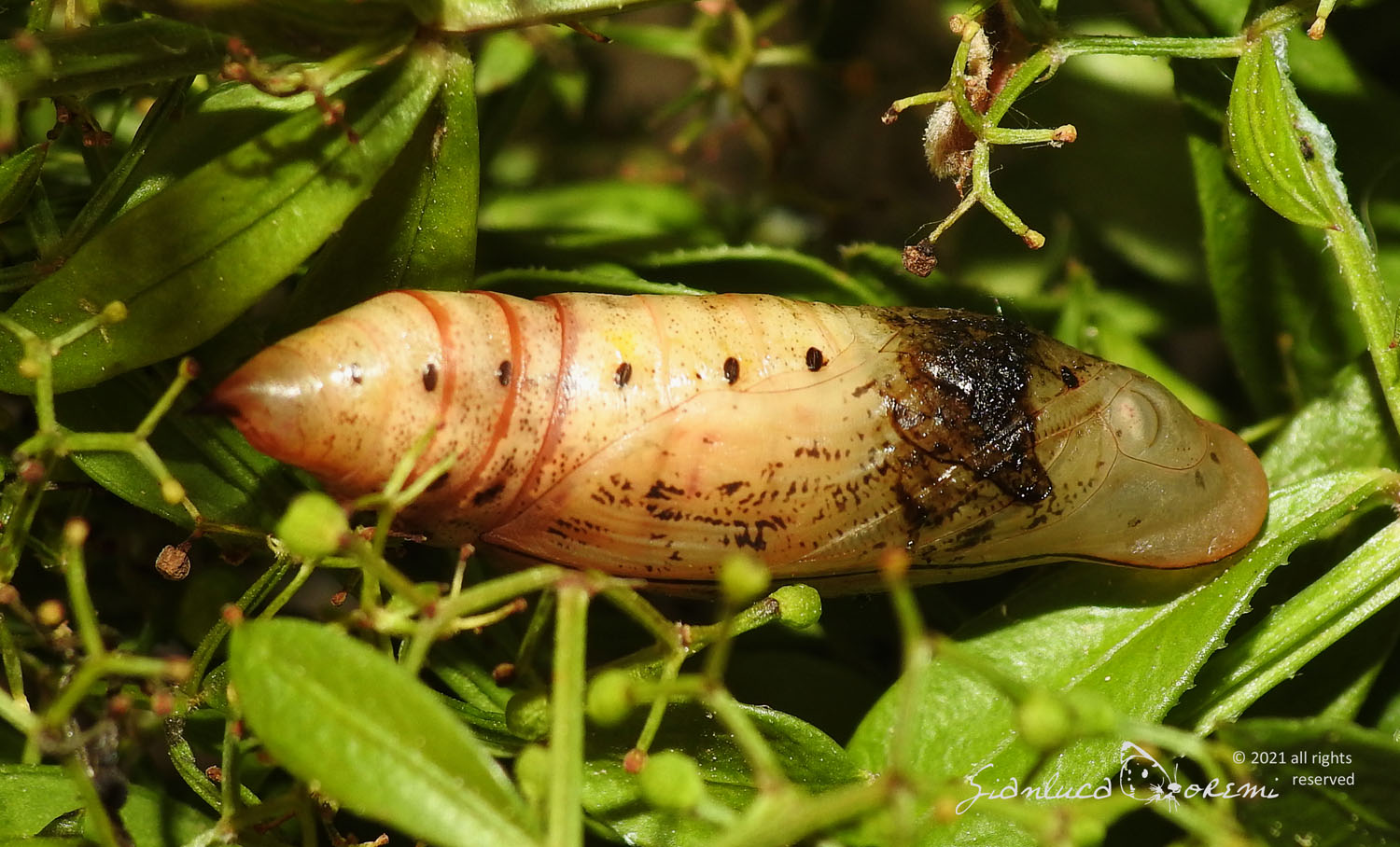
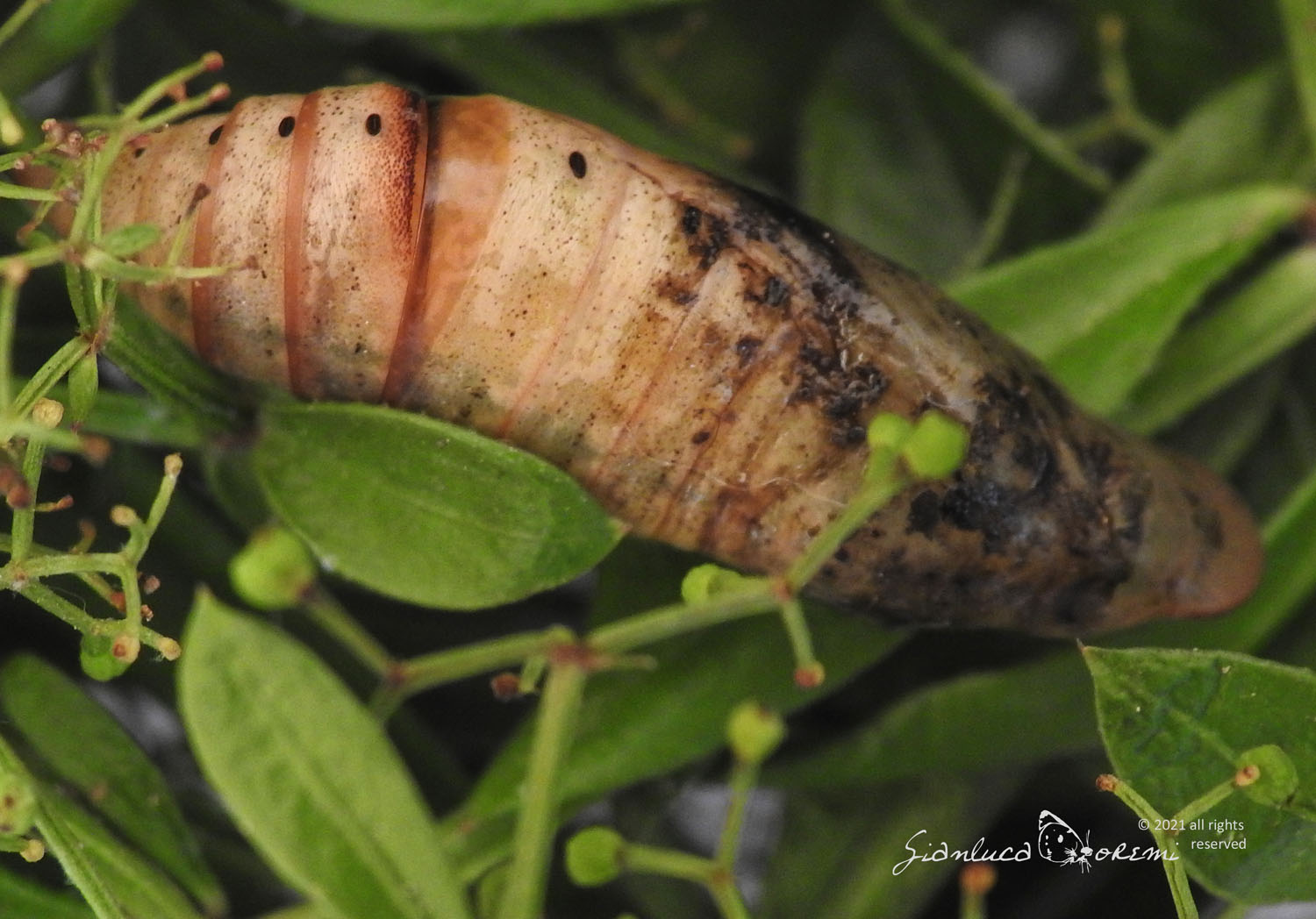



 EN
EN ITA
ITA
Social and publications